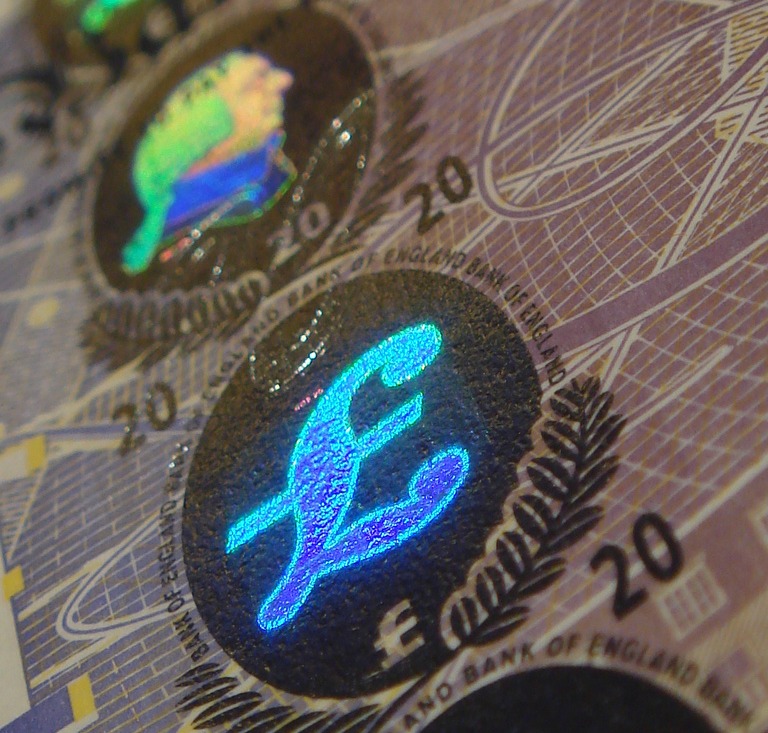One of the few certainties in financial life is that political uncertainty will unsettle the currency markets – and the 2015 UK General Election is looking like the toughest to call for decades. Investec foreign exchange trader Demitri Theodosiou offers his take on the potential scenarios for Sterling in the run-up to May 7.
2015 election – more uncertainty, more Sterling volatility?
Now we face, on May 7, the country’s most wide-open election in more than 40 years. If the past is anything to go by, the pound will respond poorly for as long as the outcome remains in doubt. The only way to stabilise Sterling would be for one party to emerge as a clear favourite. But, who do the markets really want to win?, asked Theodosiou.
“The key thing, as we’ve seen is that markets hate uncertainty and tend to sit out political skirmishing with as little exposure as possible. The less clear the view of the future, the antsier traders get”, said Investec foreign exchange trader.
But while the markets don’t really play favourites politically, some outcomes would clearly be more favourably received than other:
- Outcome 1: Strong lead for the Conservatives. Big thumbs up from the markets. A likely Tory victory would be certain to have a nice stabilising effect on the pound.
- Outcome 2: Strong lead for the Labour Party. Maybe just one thumb up. Markets might well view a future Labour government as rather less pro-business than a Tory one, and perhaps more likely to tax the foreign owners of Sterling assets. Whatever you think of that idea, you could hardly blame overseas investors for reducing their holdings of such assets.
- Outcome 3: Polls show potential for Conservative/UKIP coalition. No thumbs. The possibility of the Tories getting into bed with Nigel Farage & Co would be a negative point for investors, at least in the short term, because it could potentially bring forward a referendum on EU membership. Whatever you think of the pros and cons of EU membership, it’d be bound to generate loads of uncertainty – currency market kryptonite.
Back to the future: lessons from 1974
Perhaps the best way to get a feel for what actually might happen this year is to take a quick time-machine trip back to the last election that was as uncertain as this one is promising to be – February 28 1974.
Labour won more seats than the incumbent Conservatives, but no overall majority. The Tories had more votes, however, and spent the weekend of March 2-3 trying to cut a coalition deal with the old Liberal Party. No deal emerged, so Labour took office as a minority administration on Monday March 4.
“And what happened to Sterling, you ask?” From $2.32 at the start of 1974, the pound had dropped to $2.27 by close of trading on March 1. Once the new government was appointed on the Monday, it rallied to $2.28.
“Bear in mind that this minority government was committed to widespread nationalisation and a wealth tax too. All of which just goes to show that, in the currency markets, the key election battleground is never left versus right – but instability versus certainty“, concluded Theodosiou.




 For Fórmate a Fondo
For Fórmate a Fondo
